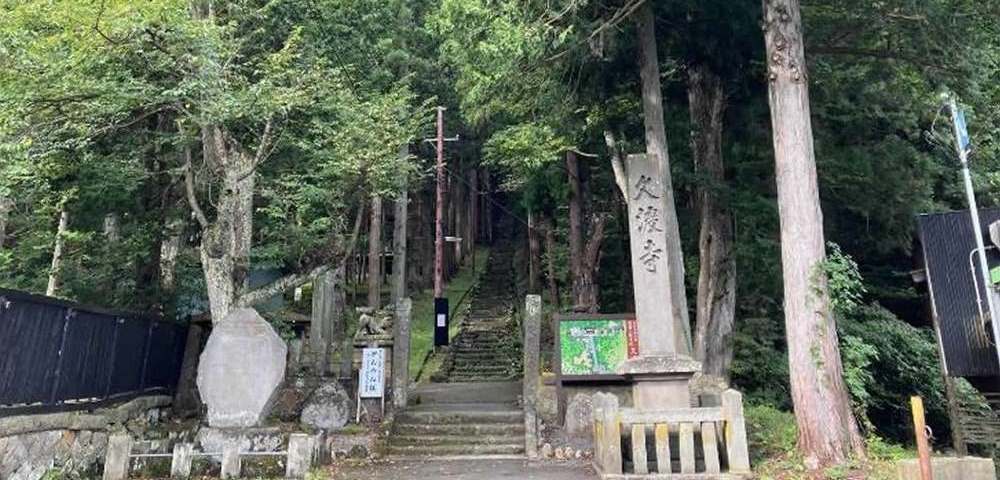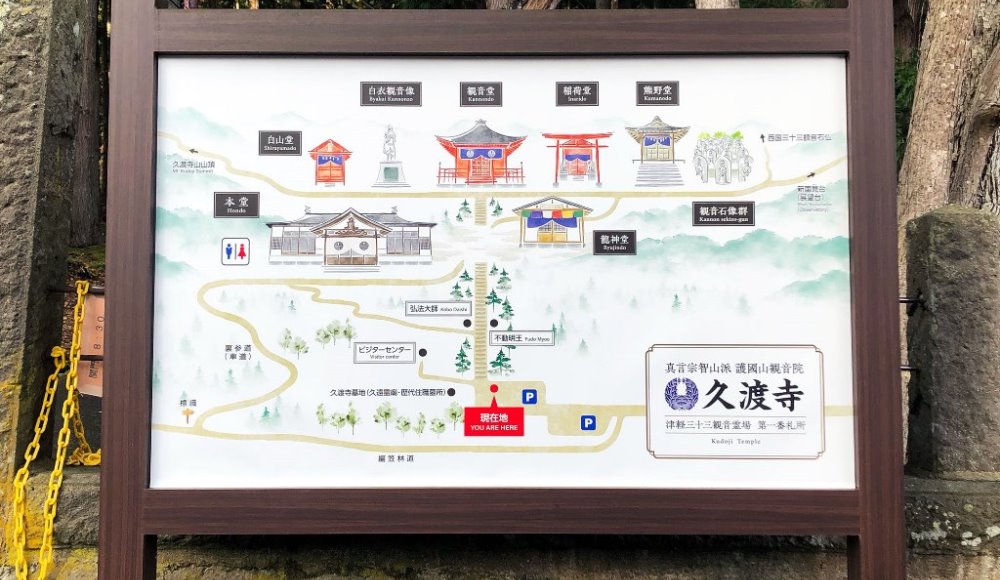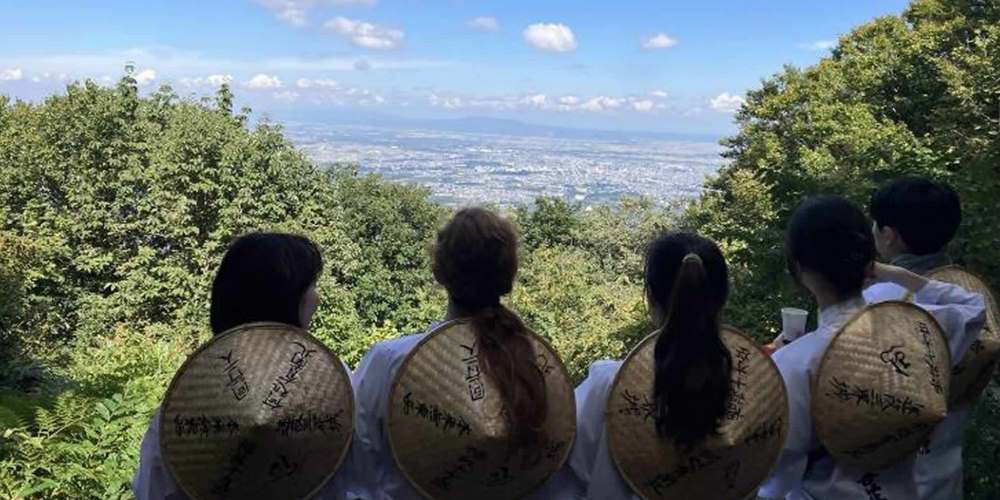Kudoji Temple

Overview of Kudoji Temple
This temple is a temple of the Chisan School of Shingon Buddhism located within the natural beauty of Mt. Kudoji in the southern part of Hirosaki City, and its honorific mountain prefix is "Gokokuzan". The title of the temple is "Kannonin".
It is said that the temple was built by Ennin (Jikaku Daishi) around 800 A.D. with the principal image of Sho Kannon, and relocated to its present location in 1191. In 1619, the temple hall was rebuilt for the protection of the Hirosaki Domain and became a prayer hall for the domain. In 1626, it became one of the five Shingon temples in Tsugaru, along with Hyakutakuji Temple, Saishoin Temple, Kokujoji Temple, and Kyounji Temple.
During the grand festival every year, the "custom of Oshira-ko at Kudoji Temple" (an intangible folk cultural property that should be recorded and other measures taken by the national government) is held, in which the deity of production, Oshirasama from each family, is brought to the temple and prayed to.

Kudojiyama

Kudojiyama is a 663-meter-high mountain located at the northern end of the Dewa Sanchi Hills.
The Hirosaki City Children's Forest Visitor Center is located above the cemetery where the successive chief priests are buried. There is a torii gate on the hiking trail to the south of it, and about 20 meters up the trail is Haguro Shrine that has a spring that is said to be effective against eye diseases. Above it lies Genshuji Temple (principal image of Enmei Jizo) measuring 7.27 meters × 4.55 meters. And at the top of the mountain, there is an enshrinement hall called "Yama no Kami" (God of the Mountain).
Painting by Maruyama Okyo ~ “Hangonko no Zu”
The temple owns a ghost painting by Maruyama Okyo, who according to legend was the first to depict the image of a "legless ghost". This ghost painting was donated to the temple by the samurai Motonori Shuzen Morioka, a chief retainer of the Hirosaki Domain, on February 3, 1784, and is exhibited every year on May 18 of the lunar calendar. Since ancient times, it has been said that it always rains on the day that the painting is displayed to the public.
In a recent investigation, it was found that Motonori Shuzen Morioka, a retainer of the Hirosaki Domain who donated the painting, lost his wife and beloved concubine in succession, and had Okyo create the painting for their memorial service, after which it was dedicated to the temple. This clarified the background of how the most prominent artist of the Edo period left his painting in Hirosaki, and greatly increased its historical value, and for this reason, it was designated as a Tangible Cultural Property of Hirosaki City on May 25, 2021.
It is believed that outside of this temple, there is only one other authentic Maruyama Okyo’s painting, which has been kept in the United States.
Tsugaru Kasei Zanmai (Fire Festival)

In Shugendo (mountain worship and asceticism), it is generally referred to as "kasho zanmai," but in Tsugaru it is called "kasei zanmai." It is said that Tsugaru's shugen training has a history of about 400 years.
The festival is characterized by the Saito Goma (outdoor fire ceremony), followed by taimatsu (torch), tekka (iron hoe), kama (pot), and hiwatari (fire walking) ceremonies, in which the shugensha (practitioners of Shugendo) pray for world peace and good health by becoming the Fudo Myoo (the Immovable One) themselves. The rigorous practices performed by the shugensha are heroic and rough and are imbued with a sense of the divine.
*This ceremony is scheduled to be held only once each year in May.
JAPANESE PAGE